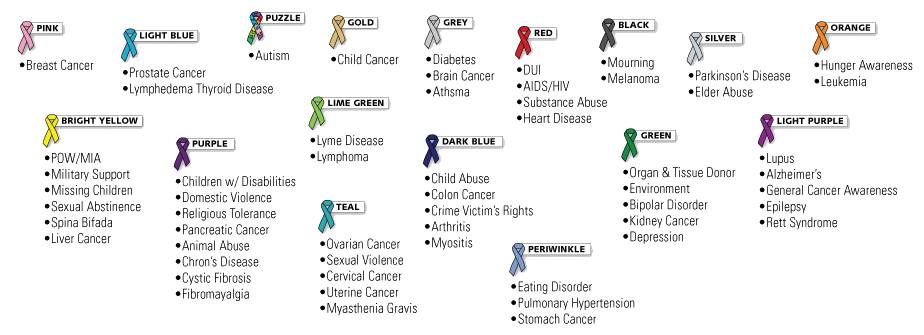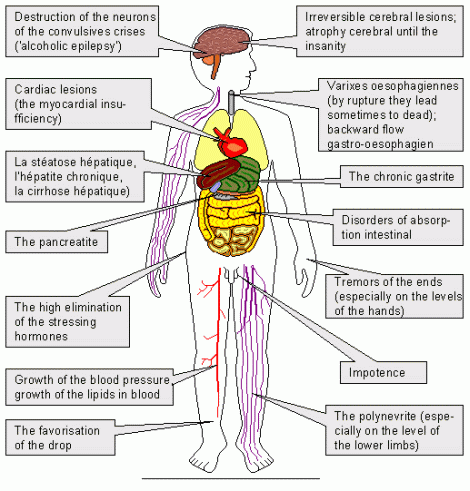DISSOCIATIVE DISORDER


Dissociative disorder:- (conversion disorder)
is a partial or complete loss of the normal integration between memories of the past, awareness of identity and immediate sensations, and control of bodily movements.
Previously known as conversion hysteria.
EPIDEMIOLOGY:-
According to DSM-IV-TR ( 11 to 500 cases per 100,000 population)
Women :men (adult ) 2-10:1 and among children there is higher predominance in girls.
Most common in rural populations, people with little education, those with low IQ, in low socio economic groups and military personnel exposed to combat situation. And commonly associated with major depressive disorder, anxiety disorder and schizophrenia.
ETIOLOGY:-
PSYCHOANALYTIC FACTOR:-repression of unconscious intrapsychic conflict and the conversion of anxiety into a physical symptom.
BEHAVIOURAL THEORY:-symptoms are learned response in the face of stress.
BIOLOGICAL THEORY:- hypofunction of the dominant hemisphere
CLINICAL FEATURE:-
MOTOR SYMPTOMS:- abnormal movements, gait disturbance(astasia abasia), weakness and paralysis. Gross rhythmical tremors, choreiform movements, tics and jerks may be present.
SENSORY SYMPTOMS:- anesthesia and paresthesia are common.
May involve the organs of special symptoms ( deafness, blindness, tunnel vision)
SEIZURE SYMPTOMS:- especially pseudo seizure, which can be differentiated by typical symptoms like non- stereotypical clinical pattern , occurs usually in indoor safe place, tongue bit/ incontinence rarely present, duration of episode longer, neurological sign is absent, EEG is normal, serum prolactin increased.
OTHER ASSOCAITED FEATURES:-
- PRIMARY GAIN:
- SECONDARY GAIN:
- LA BELLE INDIFFERENCE:-
- IDENTIFICATION:-
CLASSIFICATION:-ICD 10 (F44)
F44.0 DISSOCIATIVE AMNESIA
F44.1 DISSOCIATIVE FUGUE
F44.2 DISSOCIATIVE STUPOR
F44.3 TRANCE AND POSSESSION DISORDER
F44.4-44.7DISSOCIATIVE DISORDERS OF MOVEMENTS AND SENSATION
44.4 DISSOCIATIVE MOTOR DISORDERS
44.5 DISSOCIATIVE CONVULSIONS
44.6 DISSOCIATIVE ANAESTHESIA AND SENSORY LOSS
44.7 MIXED DISSOCIATIVE(CONVERSION ) DISORDER.
44.8 OTHERS DISSOCIATIVE(CONVERSION) DISORDER.
44.9 DISSOCIATIVE (CONVERSION) DISORDER, UNSPECIFIED
DIAGNOSTIC GUIDELINES OF DISSOCIATIVE DISORDER :-ICD-10
A) the clinical features as specified for the individual disorders in F44.
B) no evidence of a physical disorder that might explain the symptoms.
C) evidence for psychological causation, in the form of clear association in time with stressful events and problems or disturbed relationship (even if denied by the individual)
F44.0 DISSOCIATIVE AMNESIA
The main feature is loss of memory, usually of important recent events, which is not due to organic mental disorder and is too extensive to be explained by ordinary forgetfulness and fatigue. Usually due to traumatic events( accidents, unexpected bereavements ) and is usually partial and selective.
Several forms are present:-
Localized amnesia:-
Selective amnesia:-
Generalized amnesia:-
Continuous amnesia:-
Systematized amnesia:-
DIAGNOSTIC GUIDELINES (ICD 10)
A) amnesia , either partial or complete, for recent events that are of traumatic or stressful nature(these aspects may emerge only when other informants are available)
B) absence of organic brain disorders, intoxication, or excessive fatigue.
F44.1 DISSOCIATIVE FUGUE
All feature of dissociative amnesia + apparent purposeful journey away from home or place of work during which self care is maintained.
DIAGNOSTIC GUIDELINES( ICD-10)
A)the features of dissociative amnesia 44.0
B) purposeful travel beyond the usual everyday range.(differentiation between travel and wandering must be made by those with local knowledge)
C) maintenance of basic self care(eating ,washing) and simple social interaction with strangers( such as buying tickets or petrol, asking directions, ordering meals)
F44.2 DISSOCIATIVE STUPOR
Profound diminution or absence of voluntary movement and normal responsiveness to external stimuli such as light, noise, and touch. They are motionless and mute, but are aware of surroundings.
DIAGNOSTIC CRITERIA (ICD-10)
A) stupor, as described above.
B)Absence of a physical or other psychiatric disorder that might explain the stupor. And
C) evidence of recent stressful events or current problems.
F44.3 TRANCE AND POSSESSION DISORDER
Temporary loss of both the sense of personal identity and full awareness of the surrounding, sometime may even act as if taken over by another personality, spirit, deity, or a force.
F44.4-44.7 DISSOCIATIVE DISORDERS OF MOVEMENTS AND SENSATION
There is loss or interference of movements or loss of sensation.
DIAGNOSTIC GUIDELINES:-
A) there should be no evidence of physical disorder.
B) sufficient must be known about psychological and social setting and personal relationships of the patients to allow a convincing formulation to be made of the reasons for the appearance of the disorder.
44.4 DISSOCIATIVE MOTOR DISORDERS
Loss of ability to move whole or a part of limb or limbs.
Paralysis may be partial , with movements being weak or slow or complete.
Ataxia ,bizarre gait (astasia abasia), trembling of part or whole body.
44.5 DISSOCIATIVE CONVULSIONS
Pseudo seizures present.
44.6 DISSOCIATIVE ANAESTHESIA AND SENSORY LOSS
Presence of anesthetic areas of skin with boundaries.
Sensory loss may be accompanied by complaints of par aesthesia.
44.7 MIXED DISSOCIATIVE(CONVERSION ) DISORDER.
44.8 OTHERS DISSOCIATIVE(CONVERSION) DISORDER.
F44.80 Ganser’s syndrome: hysterical pseudo dementia (appromixate answer)
F44.81 Multiple personality disorder
F44.82 Transient dissociative disorder occurring in childhood and adolescence
F44.83 Other specified dissociative disorders.
44.9DISSOCIATIVE DISORDER ,UNSPECIFIED
D/D
NEUROLOGICAL DISORDER( DEMENTIA, DEGENERATIVE DISORDER)
BRAIN TUMORS, BASAL GANGLIA DISEASES
MYASTHENIA GRAVIS,POLIOMYOSITIS, MYOPATHIES, MULTIPLE SCLEROSIS, GB SYNDROMES.
SCHIZOPHRENIA, DEPRESSIVE DISORDER,AND ANXIETY DISORDER.
SOMATOFORM DISORDER.
MALINGERING AND FACTICIOUS DISORDER,
TREATMENT:-
Resolution is usually spontaneous.
1) BEHAVIOR THERAPY:-
Treat the patient normally, give enough care,actively encourage any improvement in symptomatology.
2)PSYCHOTHERAPY WITH ABREACTION Hypnosis , anxiolytics, and behavioral relaxation exercises .
3)PSYCHOANALYSIS: To find out conflict and resolve it.
4)DRUG THERAPY: iv,thiopentone , amytal or diazepam,
COURSE AND PROGNOSIS
INITIAL SYMPTOMS 90-100% Resolve within a few days or < a month, 75 %-may not experience another episode but 25% have additional episodes during period of stress.
Prognosis good- if sudden onset, easily identified stress factor, good premorbid adjustment, no comorbid medical or psychiatric disorder.
Prognosis bad- if symptoms persists for longer duration



